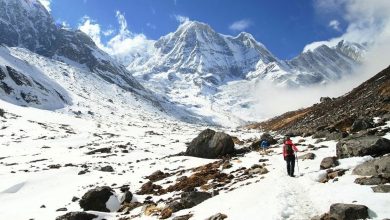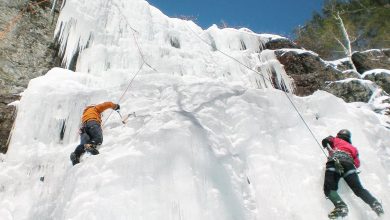Radhanath Sikdar : The First Person To Record Mount Everest’s Height

Mount Everest is one of geography’s hottest topics and no wonder why! Mount Everest is a wonder on its own. It is a mystery that many want to solve, it is a challenge many want to succeed. Mount Everest is in the bucket list of thousands of people across the world.
Mount Everest has been a part of many’s imaginations and research across decades and centuries. Geography experts want to know more about the secrets of Everest, searching for new discoveries to make around it, and why not? It is the tallest mountain peak in the world.
But have you ever wondered how we figured out that Mount Everest is the tallest mountain peak in the world? Did someone take a measuring tape in their hand and climbed the whole Everest ? or did someone just estimate it? How did we figure out the exact meters down to point centimeters and millimeters as well?
This article might give you some answers about it! In this article, we will be talking about an Indian man named Radhanath Sikdar who has been given the credit of measuring the height of Mount Everest earlier than anyone ever did in this world that too in the 19th century, when the technological advancements were not as high as today and there were no modern measuring tools.
Let’s find out how Radhanath Sikdar actually did it!
Early Life- Who was Radhanath Sikdar?
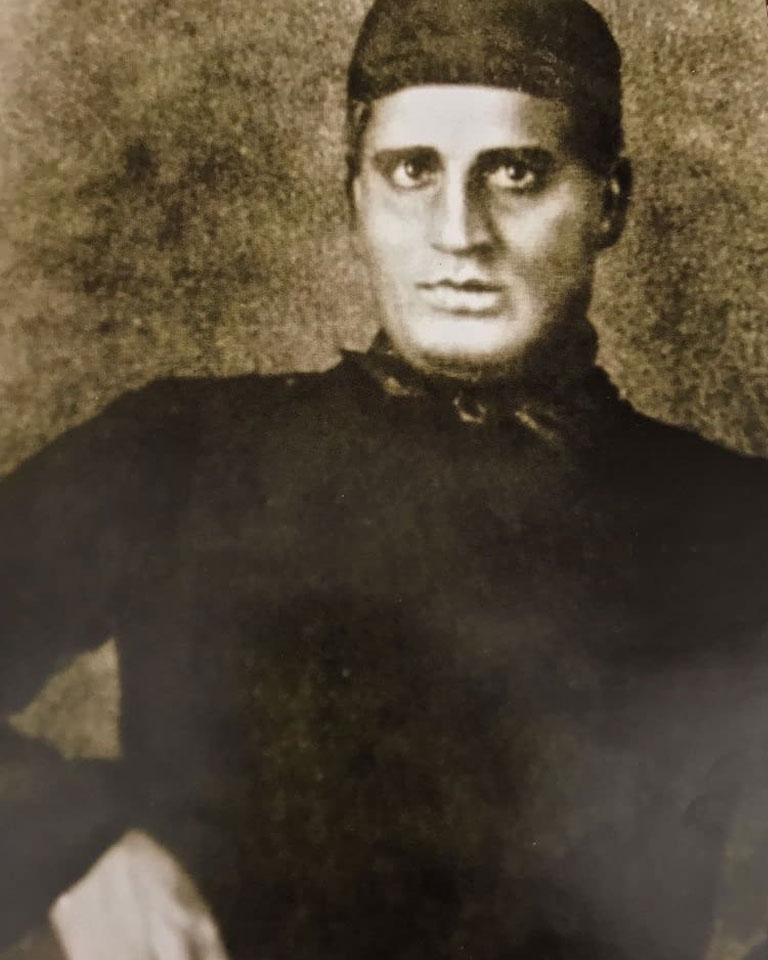
Radhanath Sikdar took birth in the year 1813 to a Bengali family in a tiny village called Kedarpur in the state of Bengal in India. He was born to a family that was not well to do. They were short on money and resources.
Growing up Radhanath and family had to compromise on money and goods. Radhanath had limited resources and minimal access to official and formal education as education was the least thing that a family could care about when there are hungry stomachs in the family.
His poverty could not limit Radhanath Sikdar from pursuing and achieving the things he was passionate about. He had a temptation to gain knowledge, he wanted to be educated. Despite no formal education, he was able to teach himself mathematics specializing in trigonometry.
Radhanath Sikdar’s education was mostly self taught but he started to gain attention from people who would be impressed by his dedication towards mathematics and trigonometry and ultimately The British surveyors noticed him while working for Great Trigonometric Survey of India.
It was a colossal project whose main objective was to map and measure the whole Indian subcontinent with unprecedented precision.
In the year of 1832, when Sikdar was a tender age of 19, he was recruited as a “computer”. “Computer” was a term used for those people who were involved in the process of conveying and surveying data calculation.
View this post on Instagram
The Great Trigonometric Survey of India
During the 19th century, the great trigonometric survey of India was known to be one of the most ambitious and impactful events.It was a scientific endeavor that took the whole Indian subcontinent by storm.
The organizers of this event were the British colonial authorities. They wanted to organize this impactful scientific endeavor because they realized that having a precise, accurate measurement of the area will be very helpful for administration and the military department. They truly recognized the strategic importance of this event.
This whole project was led by British surveyors and famous astronomers like George Everest and William Lambton. This ambitious project’s main ambition was to measure the height of Himalayan mountains, which was quite successful because later they named a mountain called Everest after Sir George Everest himself.
Role of Radhanath Sikdar
The frontmen and the leaders of this event were the British surveyors And astronomy geniuses but oftentimes people forget to credit local talents like Radhanath Sikdar. He played a crucial role in the success of the survey. It wouldn’t be wrong to consider him the backbone of this event.
As a computer his work was to perform complex and difficult trigonometric calculations. These difficult calculations would later help to determine the heights of various landmarks, including the Himalayas.
He was so sharp and passionate with mathematics that his work got the attention of the lead men of the survey.
Due to the evident class system at that time, the British weren’t known to respect Indians equally but Sikdar did his job so passionately that he was treated with equal respect by the British.
Measuring the Height of Mount Everest
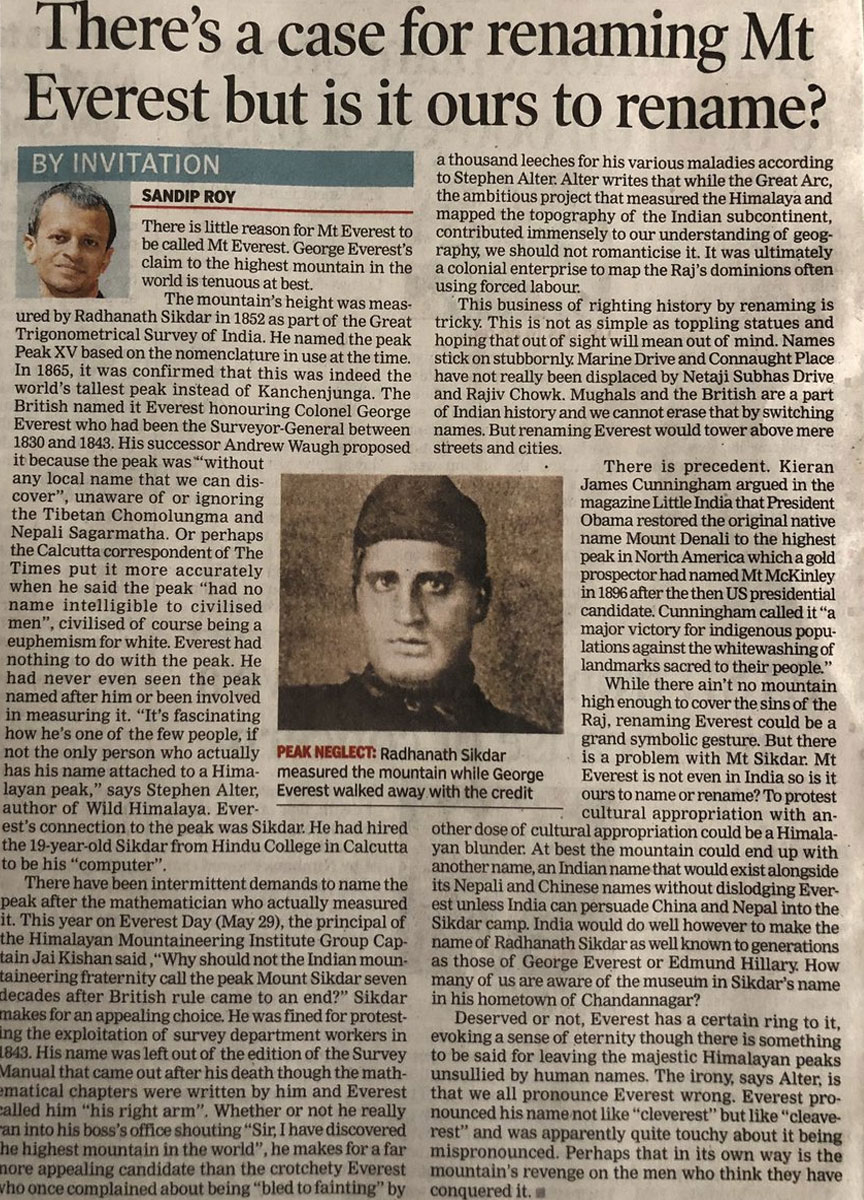
Measuring the height of such a tall mountain, which now is called Mount Everest, was definitely not the easiest task in the world.There were many factors that came into play, and the most crucial obstacle being the tall size of the mountain.The weather of the area was harsh and the terrains were rough.So it was definitely not an easy measure.
But by now, we know that Radhanath Sikdar was an intelligent and a talented person.He realized that conventional methods would be proven to be outdated in order to measure the mountain.
In fact, he created such a method of measurement, which was not only innovative but precisely accurate. He understood that the conventional method of measuring wouldn’t work because Earth’s atmosphere was too hazy and the spherical shape of the Earth would be an obstacle to get precise measurement of the mountain.
He proposed a new outlook of the whole situation where his plan was to measure the height of the mountain from a much closer point because that would reduce the atmospheric interference and the spherical curvature issue.
For this, he chose a mountain peak of the Garhwal range, which is located approximately 160 miles South of Mount Everest.
This mountain acted as a theodolite to calculate the angle between 2 mountain peaks. This measurement taken from there, accompanied by the known distance between the 2 points would allow him to calculate the height of Mount Everest accurately.
Explore more:
- Pilot Who Desired Conquering Everest By Crash Landing
- Vitor Negrete Death: First Brazilian To Summit Everest Without Supplemental Oxygen
- Ammon McNeely Death : Climber Who Fell Backwards Off The Cliff
First Calculated Height of Mount Everest
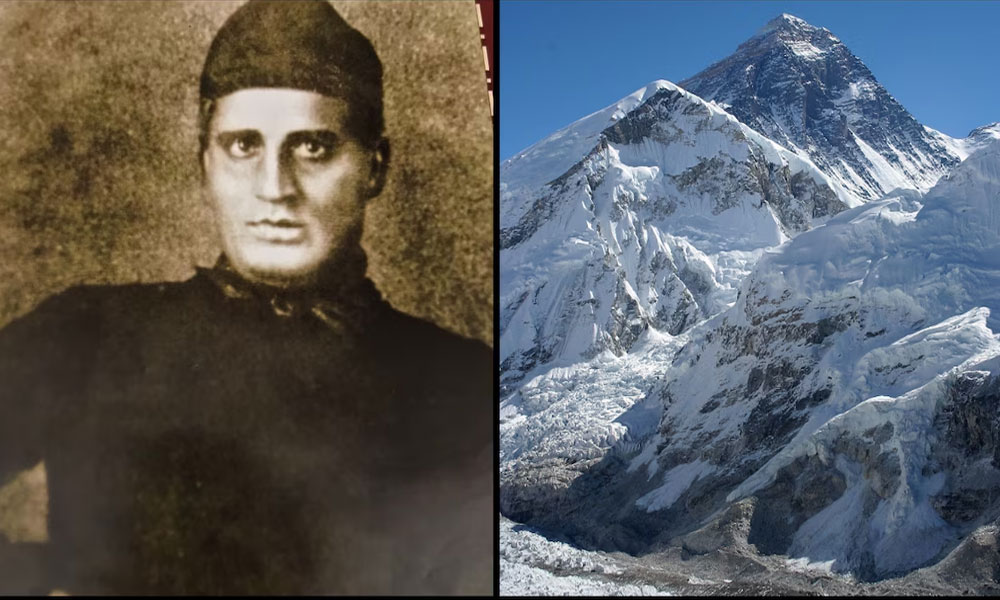
In the year 1852, Sikdar proposed the height of Mount Everest which he considered to be 29002 feet, which is 8839 m.
It was a remarkable and groundbreaking calculation at that era because this calculation provided the information that the mountain would be the highest point on Earth. Well, this was not the perfectly accurate height of Everest, but it was extremely close.
Later, it was calculated that the height of mount everest is 29032 feet, which is 8848 meters. Sikdar was scarily accurate about the height of Mount Everest at that time when he had limited resources and lacked technology advancements.
Legacy of Radhanath Sikdar
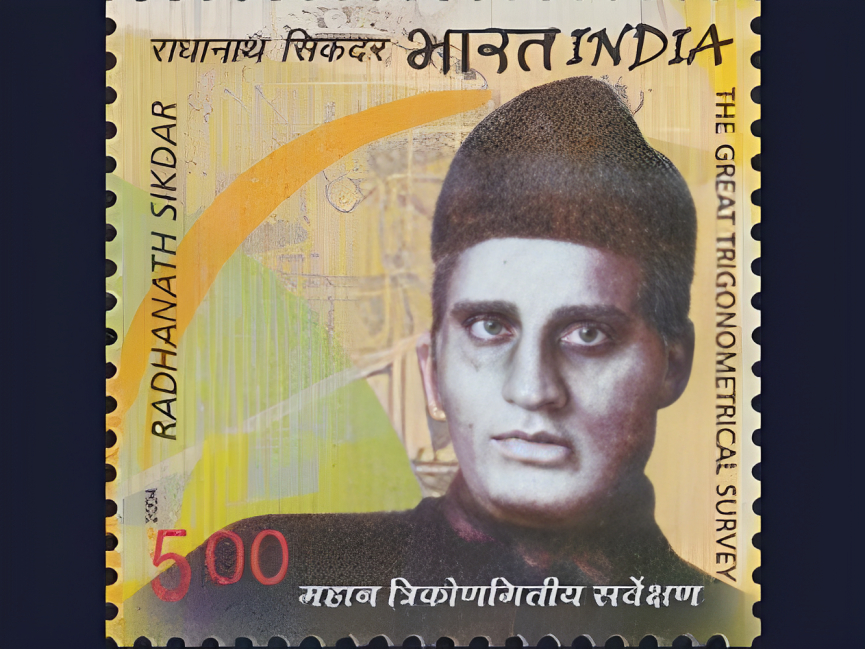
It was a significant milestone that Sikdar achieved but unfortunately, he was not renowned when he was alive.
The credit of height calculations oftentimes went to the british authorities, who at that time were colonial authorities. Unfortunately during that time period, the class system was alive, and the British took full credit for the work of local talents.
It was later in the year 1855 that Andrew Scott Waugh, the surveyor general of India, actually officially recognised Sikdar’s contribution to the measurement of Mount Everest’s height.
Even now, many people are unaware of the milestone that Radhanath Sikdar achieved at that time. Radhanath Sikdar’s achievement will always remain significant.
